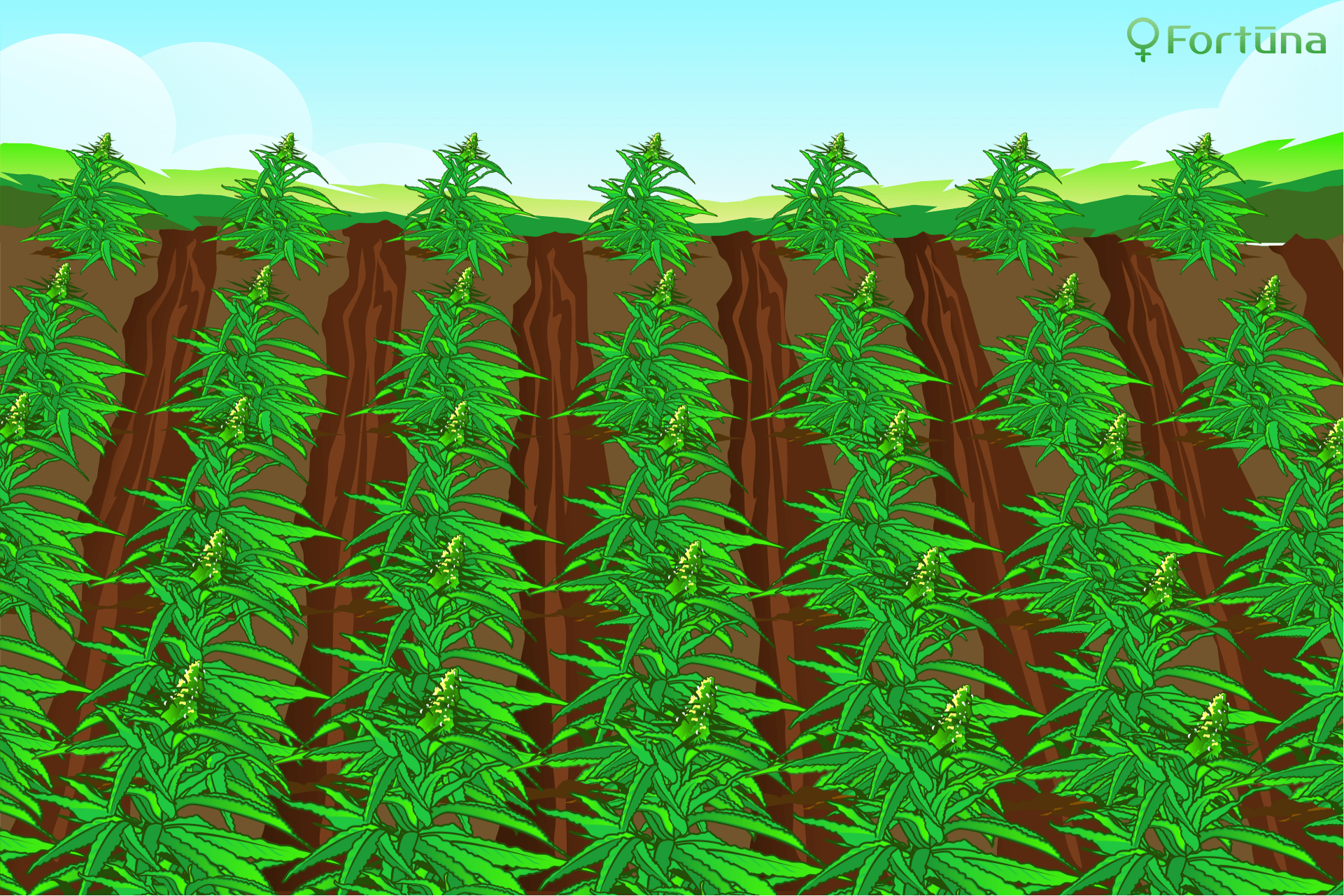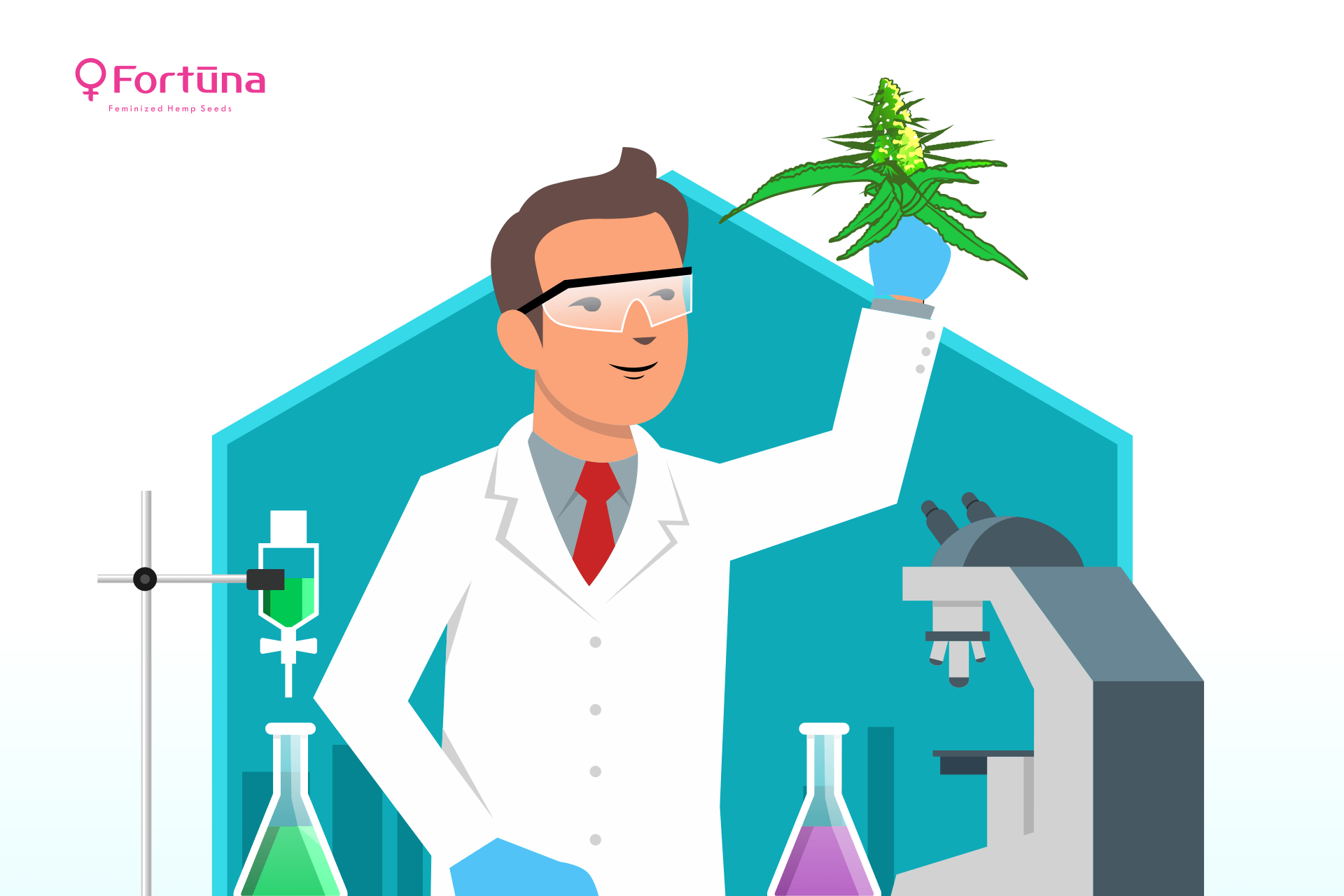
- Hemp Farming
-
by gu
ROI of hemp per acre – The average ROI of hemp biomass per acre is not an easy issue to address. Many factors affect the price of hemp per pound, including type, genetic quality, processing procedure, labor costs, and more. As such, there is no definitive answer to the question, What is the average ROI of hemp per acre? In fact, prices can range anywhere from $10 per pound to $500 per pound or more, according to Hemp Raw Marketplace.
So why is the average ROI of hemp per acre so variable? Let’s take a closer look.
Factors that Influence the Average ROI of Hemp Per Acre
Hemp Type
Hemp comes in many forms and has many end uses. For example, hemp is a common additive in cosmetics, building supplies, textiles, fuels, and dietary supplements. Manufacturers use different components of the hemp plant to create these products and require different types of hemp plants to produce them.
Furthermore, hemp-derived cannabinoids are an increasingly hot commodity following the passing of the 2018 Farm Bill. However, those who wish to cultivate hemp for cannabinoids like CBD must grow a specific type of flowering hemp that comes exclusively from female plants. Not only are female hemp seeds pricier than standard grain seed, but they require more diligent care and more strict compliance standards as well.
To break it down further, the CBD hemp market requires two different forms: smokable hemp flower and CBD extracts. Though extracts require additional processing after harvest, smokable hemp requires more meticulous care throughout all stages of cultivation and processing. Many in the industry suggest that outdoor or field-grown CBD hemp is best for extraction purposes. Conversely, smokable hemp should only come from indoor or greenhouse grows which allow more precise environmental control.
As such, hemp farmers must pre-determine the goal of their hemp crops to calculate their potential return more accurately. Though fiber and grain crops are easier to grow, maintain, and process, the net return will be significantly lower than the return on CBD hemp. That is, of course, provided that cannabinoid hemp remains compliant.
Compliance
The Marijuana Marketing Act defines hemp as any part of the cannabis plant that contains 0.3 percent THC or less on a dry weight basis. Anything above this maximum THC threshold is “marijuana” and thereby federally illegal due to THC’s Schedule I status. As such, hemp must maintain compliant THC levels at all times lest it becomes unlawful and, thus, ineligible for distribution.
Fiber and grain-type hemp rarely risk non-compliance because they produce minute cannabinoid levels. CBD hemp, however, is at risk of developing excessive THC levels if not harvested promptly following a passing test sample. Though it can be tempting to push a harvest date back in hopes of increasing cannabinoid content, the moment it’s THC level surpasses 0.3 percent, it is no longer compliant and requires prompt, thorough destruction. Those who attempt to sell “hot” (non-compliant) hemp risk fines and possible jail time for engaging in the trafficking of illegal marijuana. In other words, high CBD levels are extremely valuable – until excessive THC levels ruin it.
Hemp Processing Procedures
Hemp processing requires much more than harvesting and packaging. For top ROI of hemp per acre, farmers must carefully store, dry, and cure their hemp harvest before sending it off to market. Those who grow CBD hemp for extraction purposes must further consider the specific extraction methods that would benefit them most. For example, crude oil results from an initial extraction process, which usually nets about one pound of crude per five-foot plant. Current 2020 crude oil prices are just over $20,000 per acre, whereas distilled CBD oil (crude that has been refined even further) can net even more.
It’s important to note that processing equipment can be costly. Farmers who wish to extract cannabinoids themselves must account for the initial investment in processing equipment, or else they can outsource to a third-party processor.
Genetics
Hemp genetics play a major role in determining the final ROA of hemp per acre. Though the issue is not as pronounced for fiber and grain crops, profitable cannabinoid crops strongly depend on quality genetics. After all, it is a cultivar’s genetic code that determines its cannabinoid potential and, often, its overall compliance risk.
Because cannabinoid hemp pricing depends on its CBD percentage (often referred to as “points”), genetics that produces high CBD levels and minuscule THC levels are ideal. Growers should always examine hemp seed COAs and confirm that they meet their local hemp regulations before planting the first seed.
Supply Versus Demand
Finally, the average ROI of hemp per acre depends on supply versus demand. No one understands this better than the hundreds of hemp farmers who lost profit due to market saturation in 2019. Some of the issues contributing to CBD’s shrinking demand include an abundance of hemp farmers and insufficient processors, poorly performing hemp genetics, stress- or time-induce THC spikes, and a struggling economy. When these factors combine, existing buyers may pull out of a deal, thus forcing farmers to settle for less than market value.
Final Thoughts About the ROI of Hemp Per Acre
We receive many inquiries regarding the average ROI of hemp per acre. Unfortunately, we cannot provide a straight answer because there are too many factors to consider. Instead, we suggest that farmers contact brokers early to determine their potential profit. This will help them make educated decisions about their hemp farming process. We also recommend registering for hemp licensing and securing a reliable seed source early to avoid delays and set themselves up for success from the jump.
To learn more hemp farming tricks, check out our blog or contact us to request a consultation. You can also sign up for our newsletter to receive hemp farming tips and resources right in your mailbox.
What’s your average ROI of hemp per acre? Share your experience in the comment section below or tell us about it on Facebook.



David Leslie
March 30, 2020 at 6:05 amGood morning,
We are looking at producing 4 crops of CBD in a greenhouse per year using light depreviation. We are planning to grow in coir grow bags with drip irrigation. What is the likely yield per plant of flower heads in such a system.
Also, what is the fibre yield that is expected?
Do you have a price catalogue of the different strains of CBD. We are looking for 140,000 feminised seeds or?
Fortuna Hemp
March 30, 2020 at 12:14 pmHi David. Please contact us at [email protected] or call us at +1 (970) 625-5769 to discuss further details. Thank you.
G
August 12, 2020 at 10:16 amSeveral inaccurate statements that don’t apply to Europe at all.
Fortuna Hemp
August 12, 2020 at 7:48 pmThank you for the feedback. Could you please elaborate? Also (FYI), our articles and posts are mainly geared towards the US hemp seed markets. Unless specifically stated, all of our articles are based on US data and statistics.